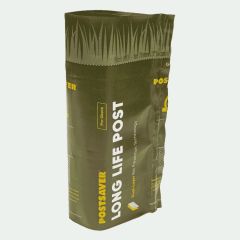Timber Fencing
Timber fencing is a popular option for both domestic and commercial premises. It provides security and privacy, can be used to mark/define borders, is easy to install, and is relatively inexpensive. Timber fencing outlined here includes feather edge boards, pales and pickets, fence capping and fencing rails.
Timber fences are adaptable for both domestic and commercial premises. Offering security and privacy they are easy to install and relatively inexpensive.
The choice of timber fence posts will largely depend on the style of fence chosen. Most fences now utilise 100mm square sawn posts dug into the ground and fixed with quick-setting PostCrete. They are secured to adjoining posts with fencing rails.
Our range of timber fence posts includes planed 100mm and 75mm for feature fences where smooth planed timber is used for rails and cladding.
Railed fences clad with feather edge boards offer privacy, security, and durability. There are various fence cladding options due to different timber materials.
Hit and Miss Fences
Normally interpreted as vertical posts, horizontal rails and vertical slats. The posts could be standard sawn, incised, planed or even metal Duraposts. “Hit and Miss” gives flexibility of post heights and post spacing, allowing for landscaping variations.
Cladding is typically 150mm boards with a 50mm (2”) gap. If the fence “needs” to be prettier then planed timber can be used. Other options include different width timbers, and board spacing. .
Ranch Style fencing uses horizontal timbers to form the screening, for variety they can be fixed in a chevron pattern. Once again 6” x 1” is the popular choice, but another option would be using half-round rails. Any questions Contact Us
-
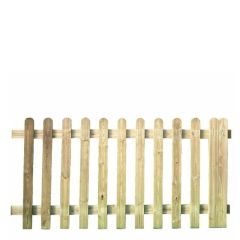 1.8m x 0.9m (6ft x 3ft) Round Top Pale Panel Tanalised
1.8m x 0.9m (6ft x 3ft) Round Top Pale Panel TanalisedPAN_ROUND_0.9S_SVW
-
 100mm Half Round (D Profile) Tanalised Rail 3.6m
100mm Half Round (D Profile) Tanalised Rail 3.6mLA_POL_100_HALF_3.6
-
 125 x 125mm UC4 PermaTimber Sawn Incised Post 4WW, 2.4m
125 x 125mm UC4 PermaTimber Sawn Incised Post 4WW, 2.4mPOS_125X125_2.4_INC_BSW
-
 150 x 150mm UC4 PermaTimber Sawn Incised 4WW Gate Post, 2.4m
150 x 150mm UC4 PermaTimber Sawn Incised 4WW Gate Post, 2.4mPOS_150X150_2.4_INCBSW
-
 175 x 175mm UC4 PermaTimber Sawn Incised Post 4WW, 2.4m
175 x 175mm UC4 PermaTimber Sawn Incised Post 4WW, 2.4mPOS_175X175_2.4_INC_BSW
-
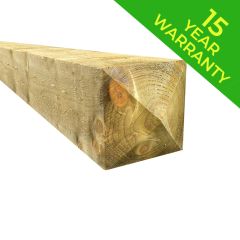 200 x 200mm UC4 PermaTimber Sawn Incised Post 4WW, 2.4m
200 x 200mm UC4 PermaTimber Sawn Incised Post 4WW, 2.4mPOS_200X200_2.4_INC_BSW
-
 22 x 100mm Sawn Pressure Treated
22 x 100mm Sawn Pressure TreatedCA02_25X100_TALLF_BSW
-
 25 x 50mm (fin.20 x 45) PAR (rounded corner) Tanalised
25 x 50mm (fin.20 x 45) PAR (rounded corner) TanalisedPART_025X050_E4E_TALL_SVW
-
 38x88mm DURA2 Brown Rails 3.6m 20yr Guarantee
38x88mm DURA2 Brown Rails 3.6m 20yr GuaranteePO_DURA2_R1DU_PEFC
-
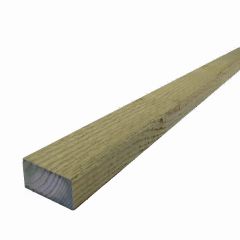 47 x 100mm UC4 KD Incised Treated C16
47 x 100mm UC4 KD Incised Treated C16CK_047X100_UC4_FSC
-
 5.0 x 80mm Timco Classic Countersunk Screws box 200
5.0 x 80mm Timco Classic Countersunk Screws box 200FIXSC_MW_50080CLAF
-
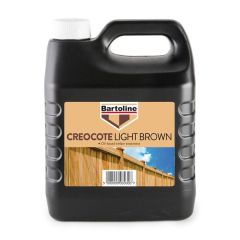 Creocote Light Brown (Creosote subs.) 4 litre
Creocote Light Brown (Creosote subs.) 4 litreFIXPR_CEOC_L_JG
-
 ex.25 x 100mm (fin.19 x 94) PSE Tanalised
ex.25 x 100mm (fin.19 x 94) PSE TanalisedPART_025X100_TALL_SVW
-
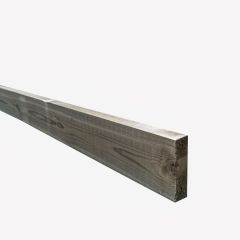 ex.25 x 50mm (fin.19 x 44) PSE Tanalised
ex.25 x 50mm (fin.19 x 44) PSE TanalisedPART_025X050_TALL_SVW
-
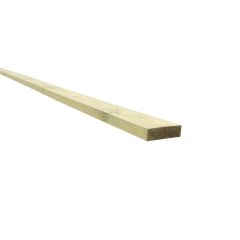 ex.25 x 75mm (fin.19 x 69) PSE Tanalised
ex.25 x 75mm (fin.19 x 69) PSE TanalisedPART_025X075_TALL_SVW
-
 Heidelberg Fastset Postfix, Poly Bag, 20kg
Heidelberg Fastset Postfix, Poly Bag, 20kgLA_CONC_POSTCRETE
-
 Mannok General Cement (Weatherproof Bag), 25kg
Mannok General Cement (Weatherproof Bag), 25kgLA_CONC_MANOK_1500101
-
 Remix Post Mix Concrete, Maxi Bag, 20kg
Remix Post Mix Concrete, Maxi Bag, 20kgLA_CONC_POST_REMIX
-
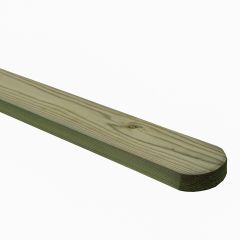 ex.25 x 75mm (fin.19 x 69) Round Top PSE Tanalised Pales
ex.25 x 75mm (fin.19 x 69) Round Top PSE Tanalised PalesFE_PALES_RO_TALL_SVW
-
 125mm Feather Edge Pressure Treated
125mm Feather Edge Pressure TreatedFE_FE_125_BSW_TALL
-
 175mm Feather Edge Pressure Treated, 4.8m
175mm Feather Edge Pressure Treated, 4.8mFE_FE_175_4.8_BSW
-
 150mm Feather Edge Pressure Treated
150mm Feather Edge Pressure TreatedFE_FE_150_FSC_BSW_TALL
-
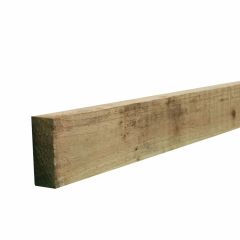 38 x 88mm Sawn Pressure Treated Rail
38 x 88mm Sawn Pressure Treated RailFE_RAILS_38_TALL_BSW
-
 22 x 150mm Sawn Pressure Treated
22 x 150mm Sawn Pressure TreatedCA02_25X150_TALLF_BSW
-
 22 x 200mm Sawn Pressure Treated
22 x 200mm Sawn Pressure TreatedCA02_25X200_TALL_BSW
-
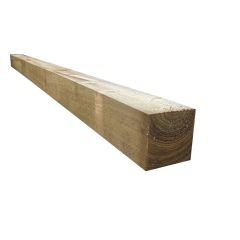 100 x 100mm Sawn Pressure Treated Post
100 x 100mm Sawn Pressure Treated PostPOS_100X100_TALL_FSC_BSW
-
 100 x 100mm PermaTimber Sawn Incised Post
100 x 100mm PermaTimber Sawn Incised PostPOS_100X100_TALL_UC4_BSW
-
 Postsaver Wrap & Tack, 5 metre roll
Postsaver Wrap & Tack, 5 metre rollPOR_SAV_WT
-
 Postsaver Sleeve 010, for 200mm round posts
Postsaver Sleeve 010, for 200mm round postsPOR_SAV_010
-
 100mm Chamfered Wooden Post Cap Treated
100mm Chamfered Wooden Post Cap TreatedPOC_CAP_100
-
 75mm Chamfered Wooden Post Cap Treated
75mm Chamfered Wooden Post Cap TreatedPOC_CAP_075
-
 5.0 x 100mm Timco Classic Countersunk Screws box 100
5.0 x 100mm Timco Classic Countersunk Screws box 100FIXSC_MW_50100CLAF
-
 100 x 100mm Plaswood Recycled Plastic Lumber Post 3.1m
100 x 100mm Plaswood Recycled Plastic Lumber Post 3.1mD_38_ZYMIL_BLKLUM100100
-
 4.0 x 40mm Deck Tite Screw (200)
4.0 x 40mm Deck Tite Screw (200)FIXSC_DT_040_4.5








